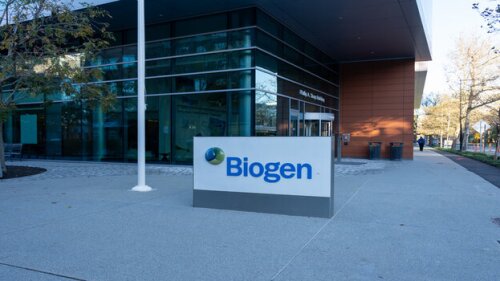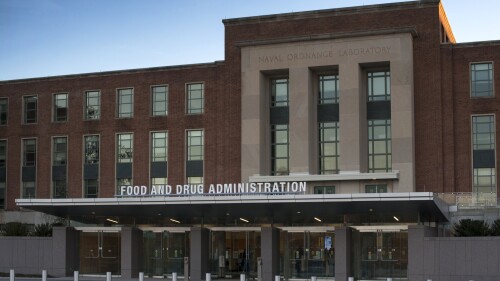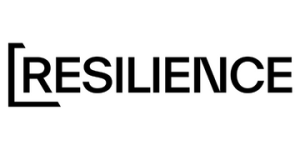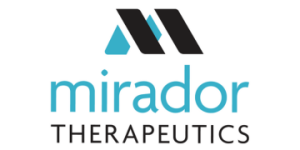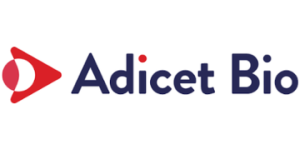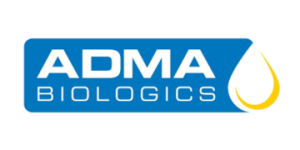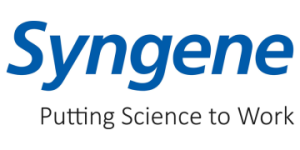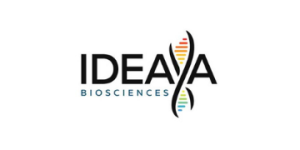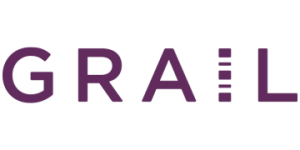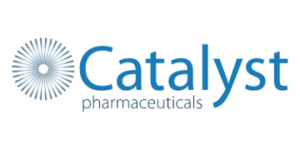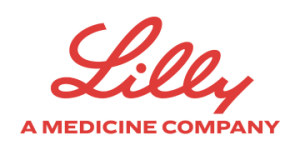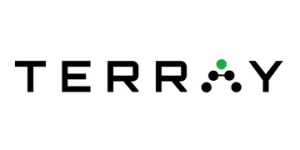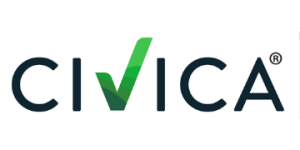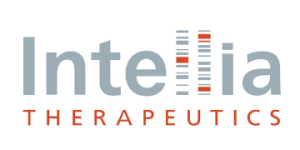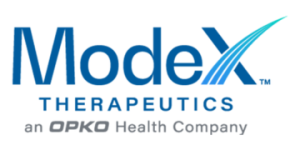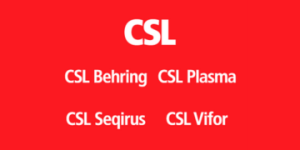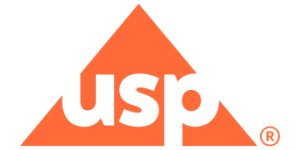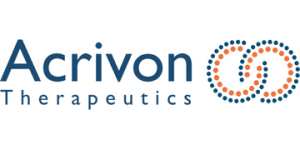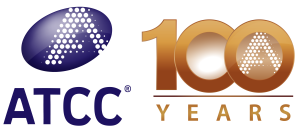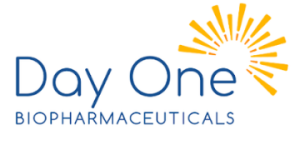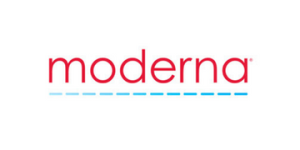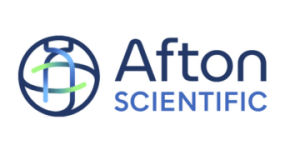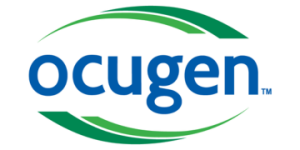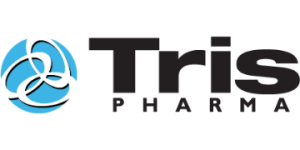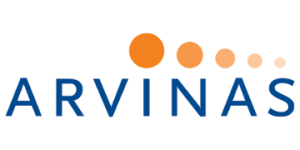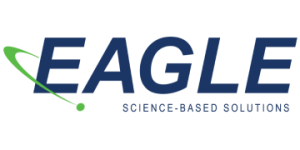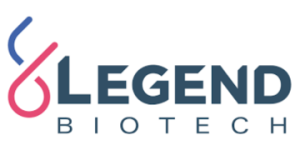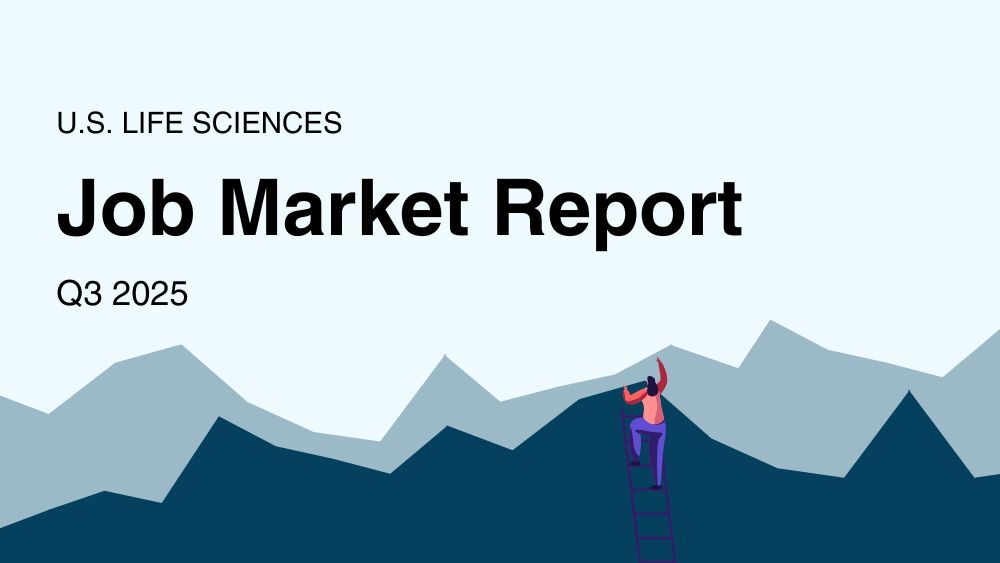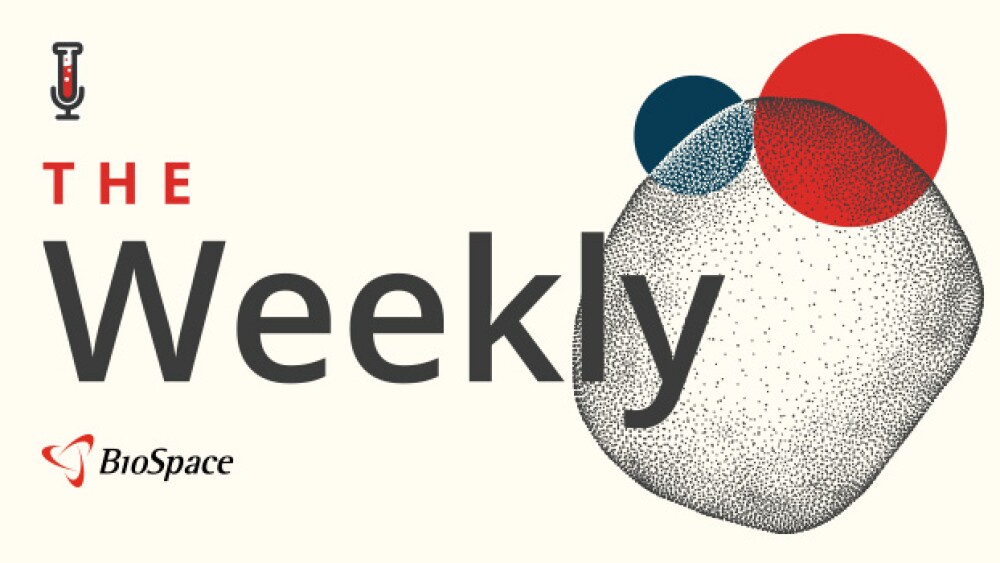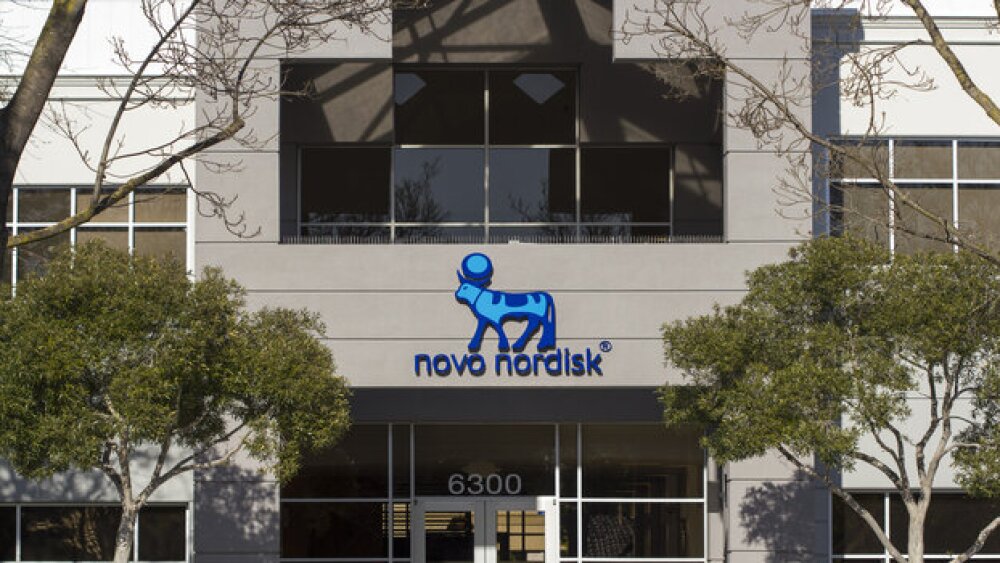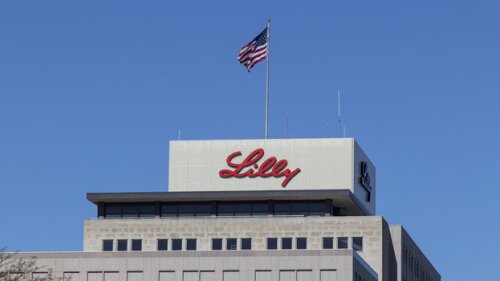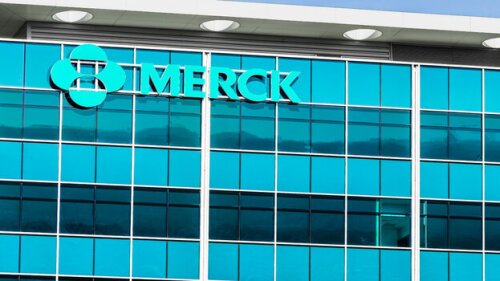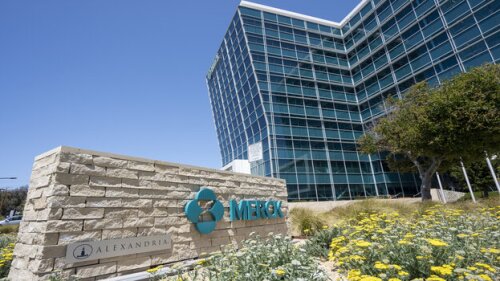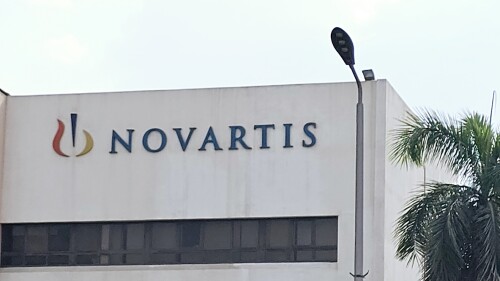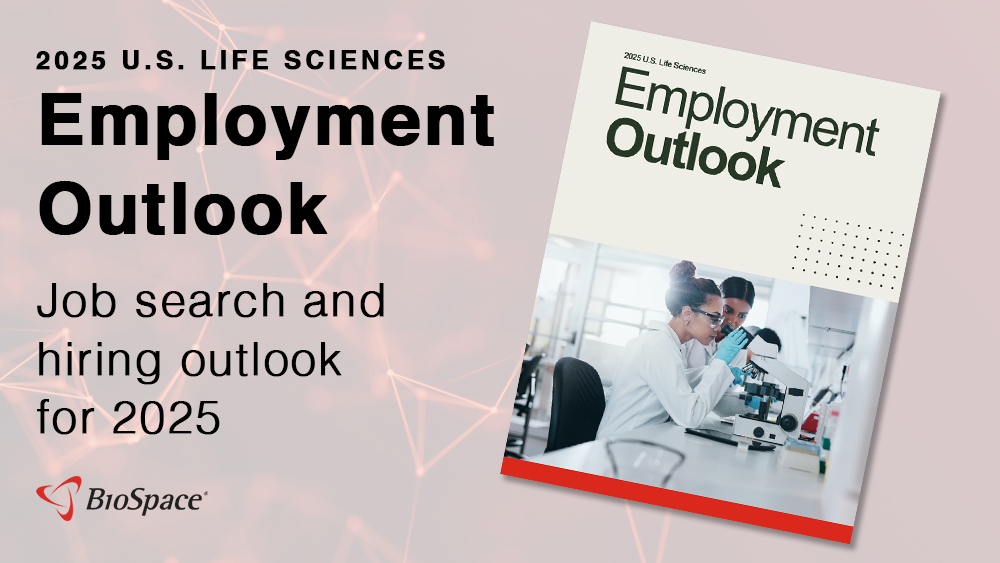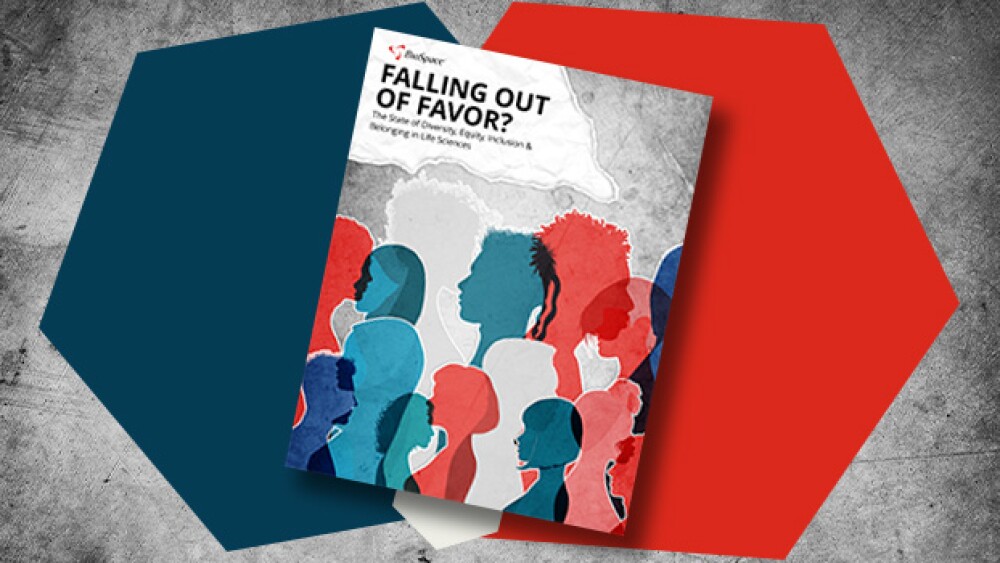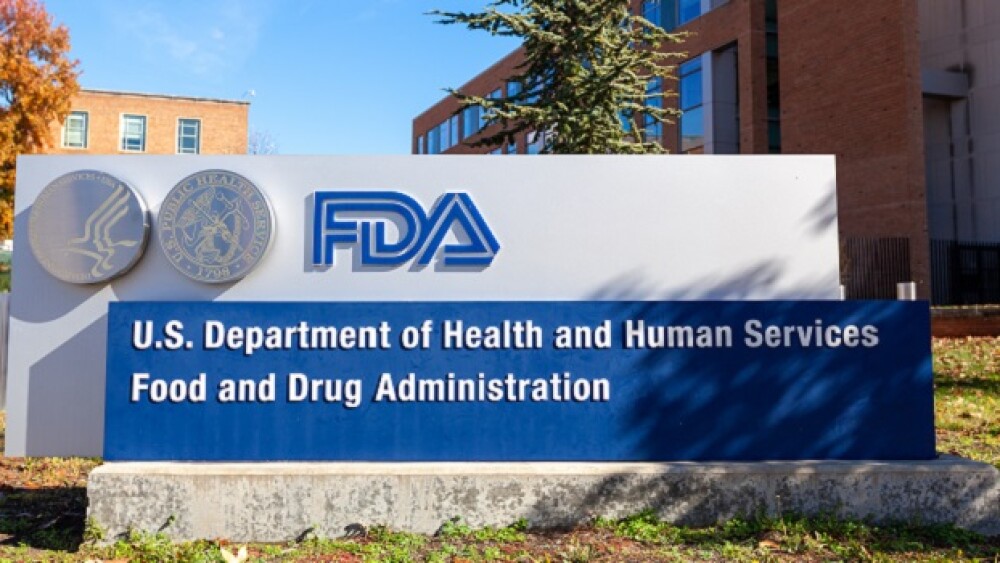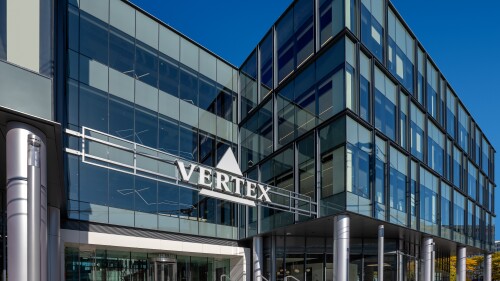The company is pushing inhaled versions of common oral drugs with the hope of avoiding severe side effects.
The biotech is planning to expand antisense oligonucleotide capabilities and infrastructure on campuses that already produce drugs such as the ALS therapy Qalsody.
Tidmarsh, an adjunct professor at Stanford’s medical school, brings decades of industry experience to the table. Serving as director of the Center for Drug Evaluation and Research will be his first government position.
The path to market for Roche’s astegolimab became more uncertain after the investigational antibody failed to significantly lower disease exacerbation rates versus placebo in patients with chronic obstructive pulmonary disease.
Otsuka and Lundbeck’s data are insufficient to establish significant efficacy of Rexulti plus sertraline in PTSD, according to the FDA’s outside experts.
In light of recent patient deaths, the FDA has also revoked its platform designation for Sarepta’s AAVrh74 technology. The designation, granted last month, was the first of its kind to be announced publicly.
FEATURED STORIES
As AstraZeneca looks to climb toward the top of biopharma companies by revenue by the end of the decade, smaller companies are looking to join the ranks of the unofficial Big Pharma club.
Recent M&A activity indicates a potential resurgence in the appetites of larger companies for psychiatric drug development, but experts say the space may not offer a sufficient risk-reward proposition for R&D.
As we near the end of second quarter of 2024, the initial public offerings among biotechs have slowed, but the market is still going strong.
CEO Pascal Soriot on Tuesday heralded a “new era of growth” for AstraZeneca with plans to launch 20 new medicines in six years. He’s delivered before but can he do it again?
Patent cliffs and other factors may lead other large drugmakers to embrace similar cost-cutting measures, experts tell BioSpace.
Approaches and targets for depression and other mental health illnesses have remained stagnant for decades. With several readouts for novel therapies on the horizon, that could be changing.
LATEST PODCASTS
In this episode presented by PII, BioSpace’s head of insights discusses how to relieve clinical trial patients of technological burden to improve compliance with guests Oliver Eden and Travis Webb.
Pfizer and Novo Nordisk continue to fight for ownership of obesity startup Metsera; CDER Director George Tidmarsh leaves his position amid an ongoing probe into his “personal conduct”; FDA reverses course on approval requirements for uniQure’s Huntington’s gene therapy; Sarepta’s exon-skipping Duchenne muscular dystrophy drugs fail confirmatory study.
In this episode presented by Element Materials Technology, BioSpace’s head of insights discusses how China, historically focused on manufacturing, is increasingly becoming an innovation leader, particularly in pharmaceuticals, with guests Dr. Jihye Jang-Lee and Dr. Khanh Courtney. Ultimately, balanced strategies involve domestic capacity investments coupled with global collaboration.
Job Trends
4D Molecular Therapeutics announced positive interim data from the Phase 2 PRISM clinical trial evaluating intravitreal 4D-150 in wet age-related macular degeneration patients with severe disease activity and a high treatment burden.
Subscribe to Genepool
Subscribe to BioSpace’s flagship publication including top headlines, special editions and life sciences’ most important breaking news
SPECIAL EDITIONS
In this deep dive, BioSpace investigates China’s rise as a biotech powerhouse.
In this deep dive, BioSpace explores the next big thing in obesity.
BioSpace did a deep dive into biopharma female executives who navigated difficult markets to lead their companies to high-value exits.
DEALS
-
The biopharma company scored two major wins on Tuesday: a court victory over HIV patent claims and an acquisition deal to expand its pipeline in cancer and inflammatory diseases.
-
Novel therapies often pass through several owners on their way to the market. Here’s a look at some of the drugs that got dropped before they hit primetime.
-
Japanese biopharma scoops up Iveric’s investigational drug for age-related blindness disease. The drug, which trails Apellis’ Syfovre, is awaiting FDA approval with a decision expected by August.
-
The acquisition of Bellus Health will give GSK access to camlipixant, a potentially best-in-class P2X3 antagonist for chronic cough.
-
Merck finalized the acquisition of immune-focused Prometheus Biosciences for approximately $10.8 billion, picking up mid-stage ulcerative colitis and Crohn’s asset.
WEIGHT LOSS
-
Novo Nordisk’s partnerships with Flagship Pioneering-backed Omega and Cellarity, each worth up to $532 million, will explore novel treatment approaches to obesity and metabolic dysfunction-associated steatohepatitis.
-
While GLP-1 drugs have exploded in popularity, they don’t work for everyone, and experts say phenotyping based on a greater understanding of the disease is the future of obesity treatment.
-
Over the past year, obesity treatments have become the focus of intense media attention and discussion in healthcare — with increased focus on Wegovy and Zepbound. This attention has highlighted the need to address the global obesity epidemic.
-
Eli Lilly has signed a multi-year contract with animal genomics biotech Fauna Bio to use its artificial intelligence platform to discover drug targets for obesity in a deal worth nearly half a billion dollars.
-
A GLP-1-based drug from Structure Therapeutics shows clinical promise but not enough for some on Wall Street.
POLICY
-
Daiichi Sankyo has secured a victory in its patent arbitration with Seagen, nabbing a $47 million award for attorneys’ fees and other costs, plus interest. However, a larger patent battle with Pfizer remains.
-
In a potential challenge to Pfizer’s Prevnar 20, Merck’s Capvaxive has been recommended by the Centers for Disease Control and Protection for use in preventing invasive pneumococcal disease in adults.
-
The U.S. Supreme Court on Friday overturned the long-standing Chevron doctrine, which required courts to defer to federal agencies and their interpretation of statutes, putting potential limits on the FDA’s regulatory decisions.
-
Rocket Pharmaceuticals’ gene therapy Kresladi has been hit with an FDA Complete Response Letter requesting additional chemistry, manufacturing and controls information to complete its review.
-
The FDA on Thursday rejected Merck and Daiichi Sankyo’s HER3-targeted antibody-drug conjugate patritumab deruxtecan in a Complete Response Letter, citing problems with a third-party manufacturer.
As a valued member of our BioSpace community, we are eager to hear more from you and other readers in 2019. We want to know if you’ve updated your resume and components that make it competitive.
Many professionals believe a medical technical writer is a high-growth career. Let’s read what else professionals have to say about this job and its roles.
There are numerous questions that often come up in job interviews that most people hate. Examples include “What’s your greatest weakness?” and “Where do you see yourself in five years?”
Are you a life sciences professional over 40? If so, have you noticed differences in how you’re treated by recruiters and hiring managers during your job search?
Do you think you’re a good fit for a job? And want to demonstrate your capabilities but are unable to do that? Well here’s how you can do that effectively.
Being fired, while discouraging in the moment, is not a career killer. In fact, sometimes the jolt of getting that proverbial “pink slip” can actually inspire you take stock of your wider career path and goals as you put yourself back on the job market.
HOTBEDS
REPORTS
In this Employment Outlook report, BioSpace explores current workforce sentiment, job activity trends and the prospective job and hiring outlook for 2025, particularly as it compares to the previous year.
BioSpace’s third report on diversity, equity, inclusion and belonging in life sciences examines dramatic shifts in attitude around diversity initiatives.
CANCER
-
Merck and Kelun-Biotech’s antibody-drug conjugate achieved a 22% objective response rate and 80.5% disease control rate in heavily pretreated patients with gastric or gastroesophageal junction cancer.
-
2024 began with several biopharma players posting positive Phase III data that could mean new market share for the companies and longer survival times and quality of life for patients.
-
Following disappointing Phase III results in less aggressive non-small cell lung cancer, AstraZeneca on Friday announced that Imfinzi improved progression-free and overall survival in patients with limited-stage small cell lung cancer.
-
Seeking a potential slice of the challenging KRAS market, Merck has launched a Phase III NSCLC trial of its oral G12C inhibitor MK-1084, in combination with Keytruda, in pursuit of Amgen and Bristol Myers Squibb.
-
Following clearer overall survival data from the PSMAfore trial, Novartis on Thursday affirmed plans to file for a prostate cancer label expansion for its targeted radioligand therapy Pluvicto later this year.
NEUROSCIENCE
-
Neurologist David Weisman, with financial ties to the companies, was removed from the FDA’s upcoming advisory committee meeting slated to consider Leqembi’s traditional approval.
-
The FDA has three high-profile events this week, including one target action date and two advisory committee meetings—one to discuss potential traditional approval for Alzheimer’s drug Leqembi.
-
While donanemab showed impressive results in Phase III TRAILBLAZER-ALZ 2, concerns regarding its safety remain compared with Biogen’s and Eisai’s Leqembi.
-
The amyloid plaque targeting therapy met primary endpoint and all secondary endpoints, which Lilly will use in its submission to the FDA this quarter.
-
Clinical results for experimental treatments in Alzheimer’s, ALS and more are expected over the coming months. BioSpace highlights a few of the more highly anticipated datasets.
CELL AND GENE THERAPY
-
Pfizer and Novo Nordisk continue to fight for ownership of obesity startup Metsera; CDER Director George Tidmarsh leaves his position amid an ongoing probe into his “personal conduct”; FDA reverses course on approval requirements for uniQure’s Huntington’s gene therapy; Sarepta’s exon-skipping Duchenne muscular dystrophy drugs fail confirmatory study.
-
The potential approval of Vertex’s IgAN therapy povetacicept in 2026 comes amid launch headwinds for the company’s non-opioid pain medicine Journavx and gene therapy Casgevy.
-
With a 100% response rate in a Phase II study, KYV-101 sets a new efficacy bar in generalized myasthenia gravis, according to analysts at William Blair.
-
The clinical hold comes days after Intellia voluntarily paused enrollment and dosing in the same two studies.
-
As third-quarter earnings continue to roll out, Novartis makes headlines with the second biggest acquisition of the year; Novartis’ CEO also downplayed the impact of Big Pharma pricing deals with the Trump administration; Regeneron continued the trend of dropping cell therapy assets; BioSpace takes a look at how the FDA is functioning mid-shutdown.





